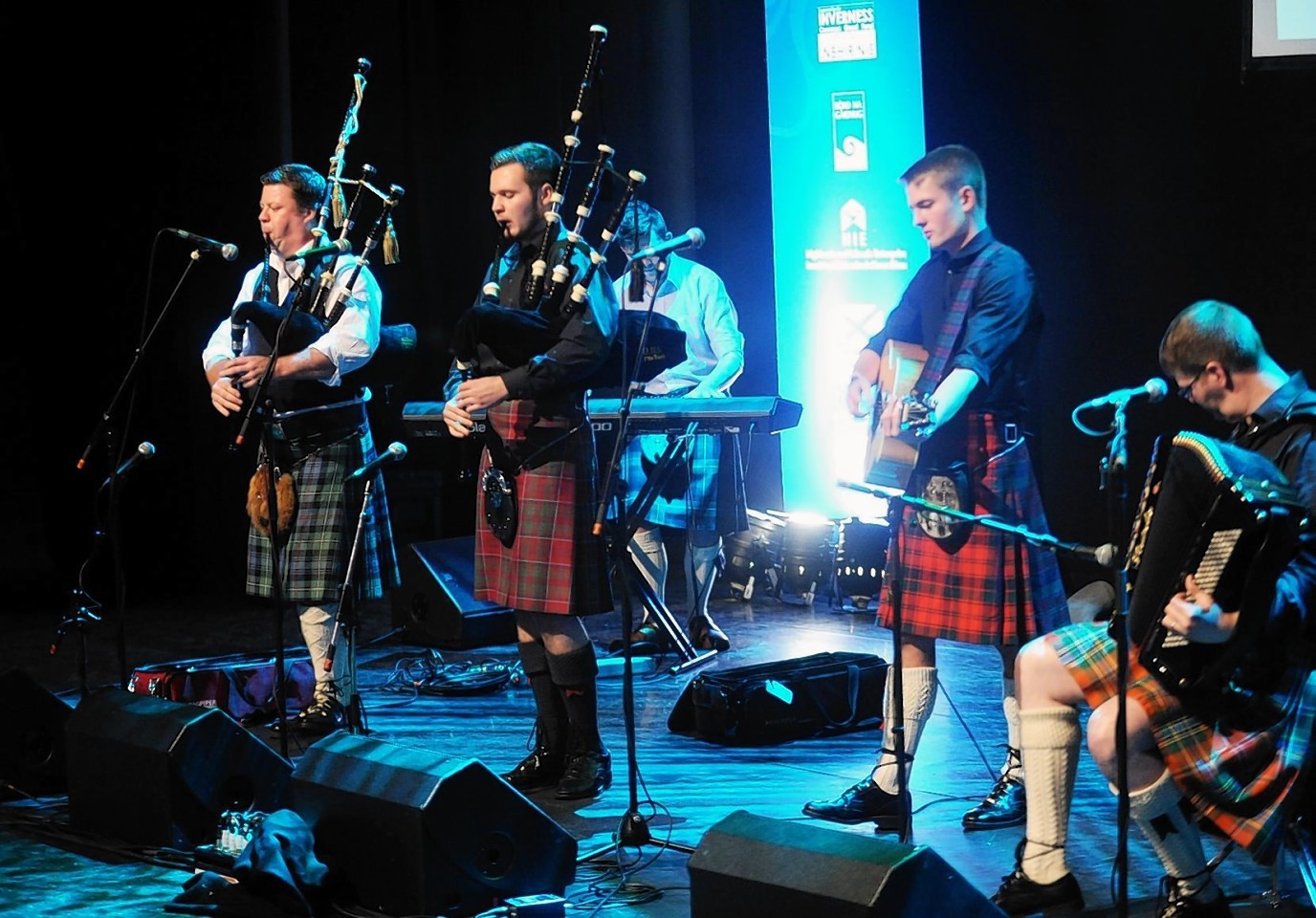The north’s largest university has launched its new Gaelic masterplan to chime with the Royal National Mod in Inverness.
The University of the Highlands and Islands’ (UHI) plan sets out proposals to promote and develop the teaching and study of Gaelic.
Proposals include producing more bilingual resources, encouraging staff to learn Gaelic as part of their development plans and holding more Gaelic events.
It is the university’s second Gaelic Language Plan and supercedes the original which was launched in 2010.
This included a professional graduate diploma in primary education, which includes an option for people to train as Gaelic medium primary teachers and is just one of the university’s new Gaelic-related courses.
Professor Clive Mulholland, UHI principal and vice-chancellor, said: “As the only university based in the Highlands and Islands of Scotland, we are intensely aware of our responsibilities to enhance the use and status of Gaelic.
“While we are proud of our achievements to date, we also are keen to build on these successes.
“This new plan demonstrates the university’s continuing commitment to the development and enhancement of Gaelic.”
Scott McNally, who represented students in the development of the plan and is currently studying for an MSc in material culture and Gaidhealtachd history with the university, said: “This plan will be hugely beneficial to students who wish to learn Gaelic or to use Gaelic from day to day.
“There are Gaelic speaking students and those with an interest in Gaelic throughout the Highlands and it’s very important that the university is recognising its role in the revitalisation of the language.”
Bord na Gaidhlig Ceannard CEO, John Angus MacKay, said: “The University of the Highlands and Islands has a significant role to play in encouraging the learning and use of the Gaelic language on an everyday basis.
“We welcome the university’s second Gaelic Language Plan which builds upon the successes of their first plan and continues to enhance Gaelic language learning throughout the university’s widespread network.”










